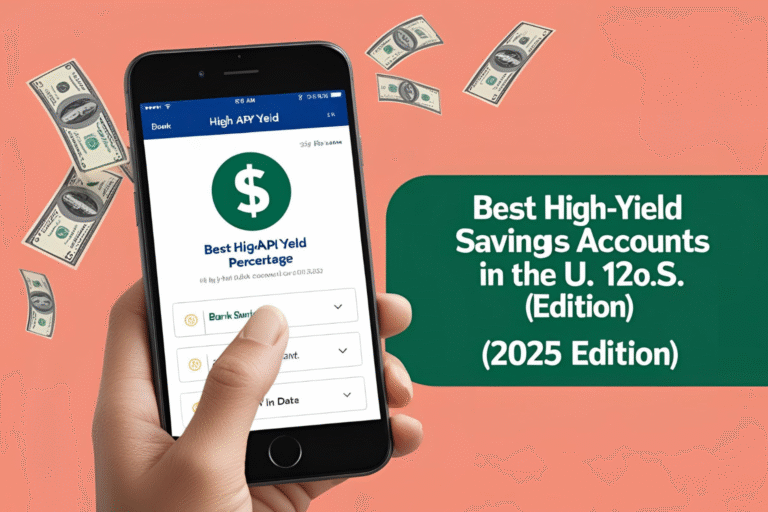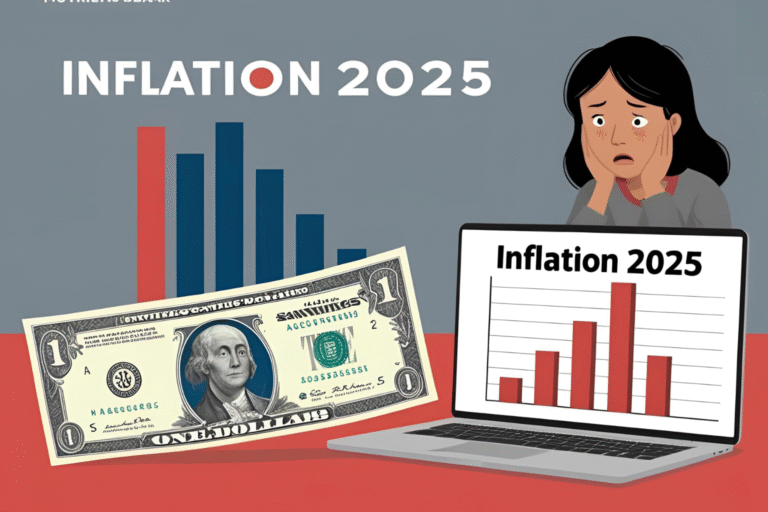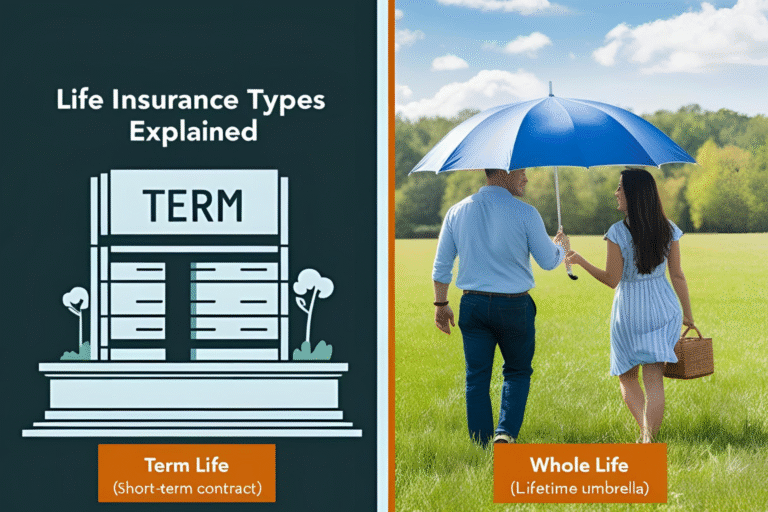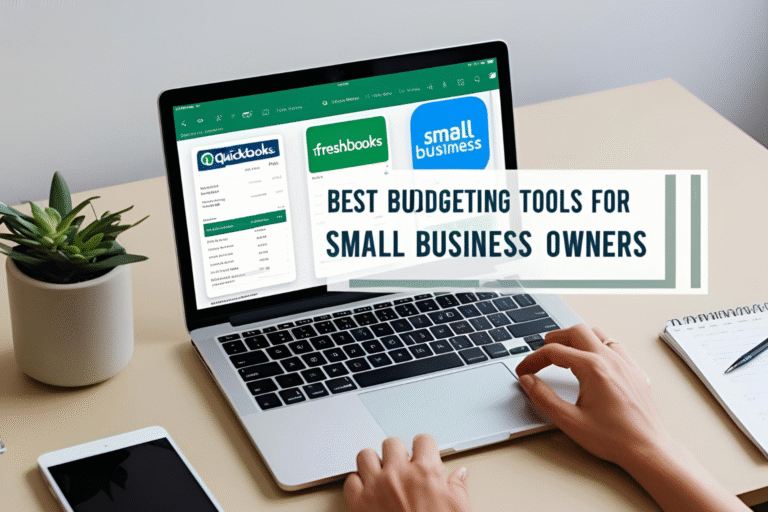How to Handle Freelance Taxes in the United States
Freelancing gives you freedom and flexibility—but it also comes with tax responsibilities that traditional employees don’t face. If you’re earning income on your own in the U.S., understanding how to file and pay freelance taxes is essential.
This guide will walk you through everything you need to know about taxes as a freelancer, from estimated payments to deductions and forms.
1. You’re Considered Self-Employed
If you earn money through freelance gigs, consulting, or side projects, the IRS considers you self-employed. You’re responsible for both:
- Income tax
- Self-employment (SE) tax (which covers Social Security and Medicare)
SE tax rate: 15.3% (12.4% for Social Security + 2.9% for Medicare)
2. Know the Tax Forms You’ll Receive and File
- Form 1099-NEC: Received from clients who paid you $600+ during the year.
- Schedule C (Form 1040): Used to report business income and expenses.
- Schedule SE: Used to calculate self-employment tax.
If you earn over $400/year, you’re required to file a tax return—even if it’s part-time work.
3. Pay Estimated Quarterly Taxes
Freelancers must pay taxes quarterly to avoid IRS penalties.
Payment due dates:
- April 15
- June 15
- September 15
- January 15 (of the following year)
Use Form 1040-ES to estimate your payments.
4. Track and Deduct Business Expenses
Lower your taxable income by deducting legitimate business costs. Common freelancer deductions include:
- Home office (must be exclusive and regular use)
- Internet and phone bills (proportional use)
- Office supplies and software
- Business-related travel and meals
- Health insurance (if self-employed and paying your own)
Tip: Use apps like QuickBooks Self-Employed or Keeper Tax to track expenses year-round.
5. Open a Separate Bank Account
Separate your business and personal finances. It helps with:
- Expense tracking
- IRS audits
- Simpler bookkeeping
Consider a dedicated business checking account or even a business credit card with rewards.
6. Consider Hiring a Tax Pro
While tools like TurboTax Self-Employed and H&R Block are helpful, hiring a CPA with experience in freelancer tax law can save you time and money—especially as your income grows.
7. Contribute to a Retirement Plan
Freelancers don’t get employer-sponsored 401(k)s, but you can still save on taxes with:
- SEP IRA
- Solo 401(k)
- Traditional or Roth IRA
These accounts allow tax-deferred or tax-free growth on your investments.
Final Thoughts
Handling freelance taxes doesn’t have to be overwhelming. With a bit of organization, quarterly planning, and knowledge of deductions, you can stay on top of your tax obligations and maximize your take-home income.
FAQs
Do I have to pay taxes if I didn’t receive a 1099?
Yes. You’re required to report all income, even if a client didn’t send a form.
How much should I set aside for freelance taxes?
A good rule of thumb is 25%–30% of your income, depending on your tax bracket and deductions.
Can I write off my laptop or smartphone?
Yes, if they are used for your business. Deduct the business-use percentage.
What if I miss a quarterly tax payment?
The IRS may charge interest or a penalty. Pay as soon as possible and adjust future payments.
Can I file freelance taxes using TurboTax or H&R Block?
Yes. Choose the Self-Employed version to ensure access to the right deductions and forms.






